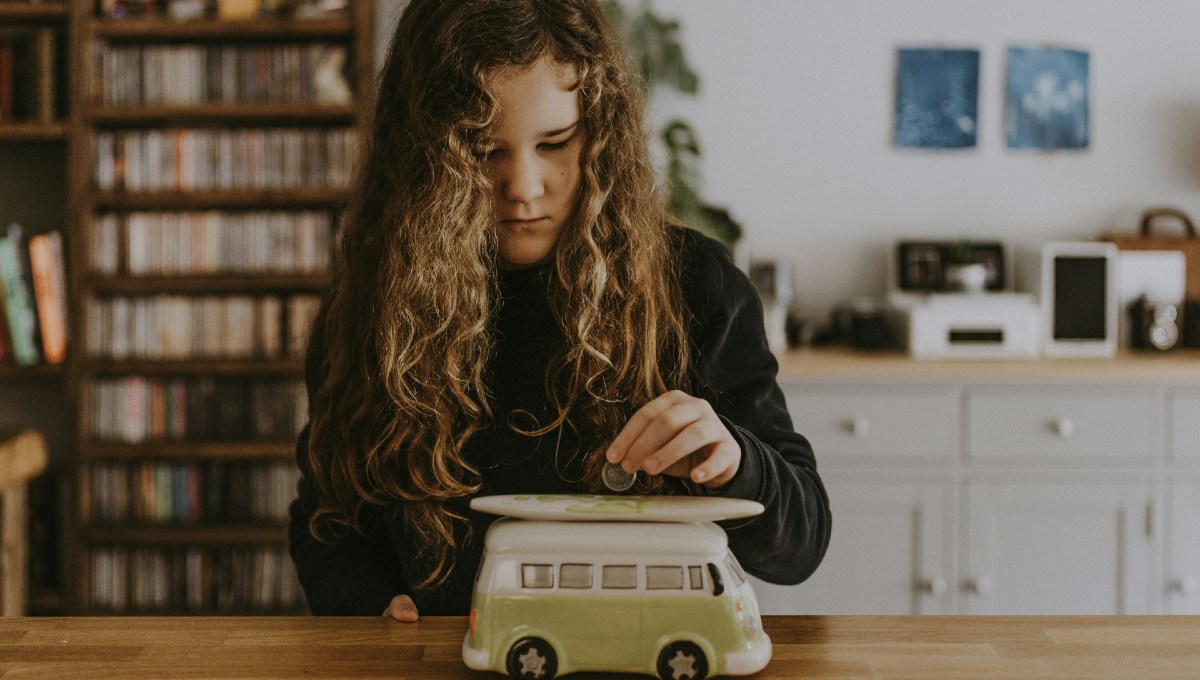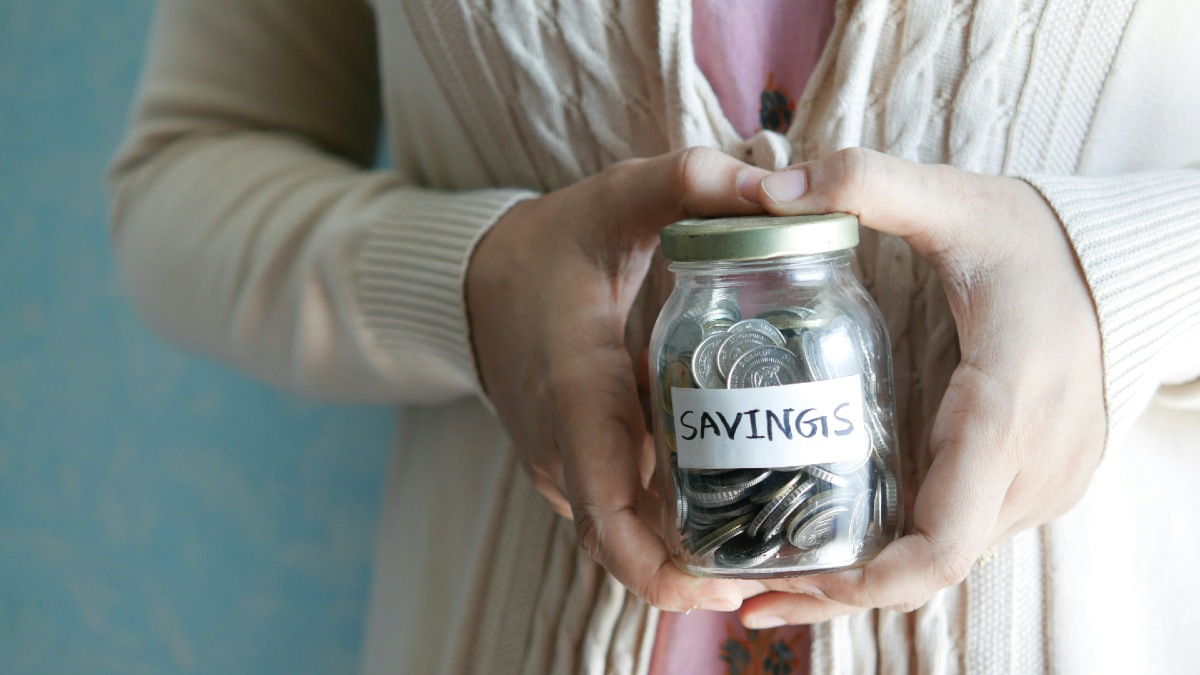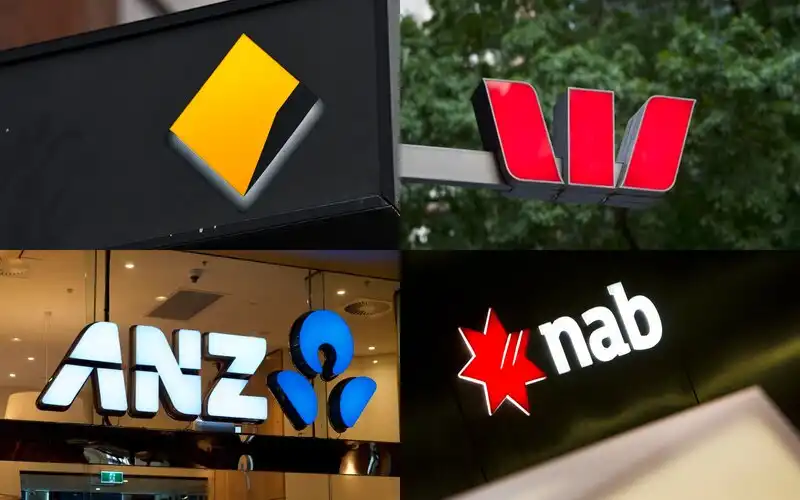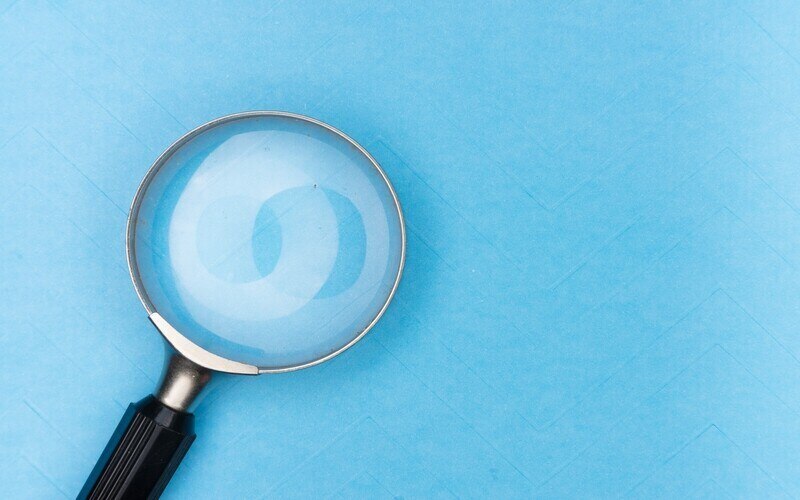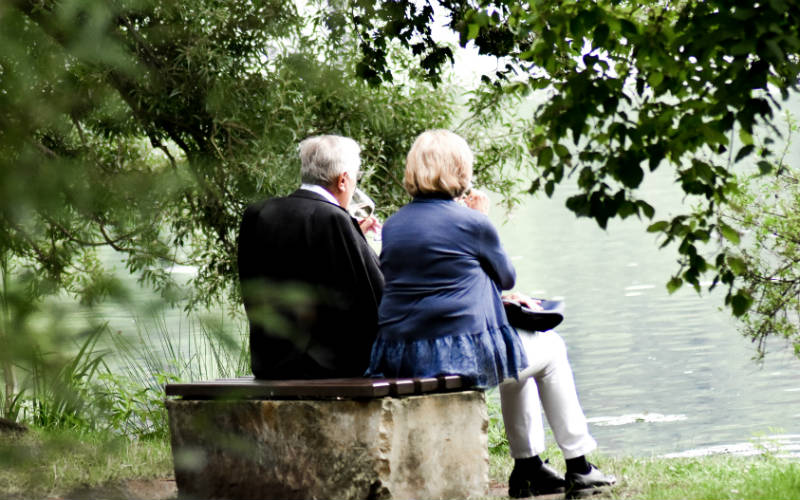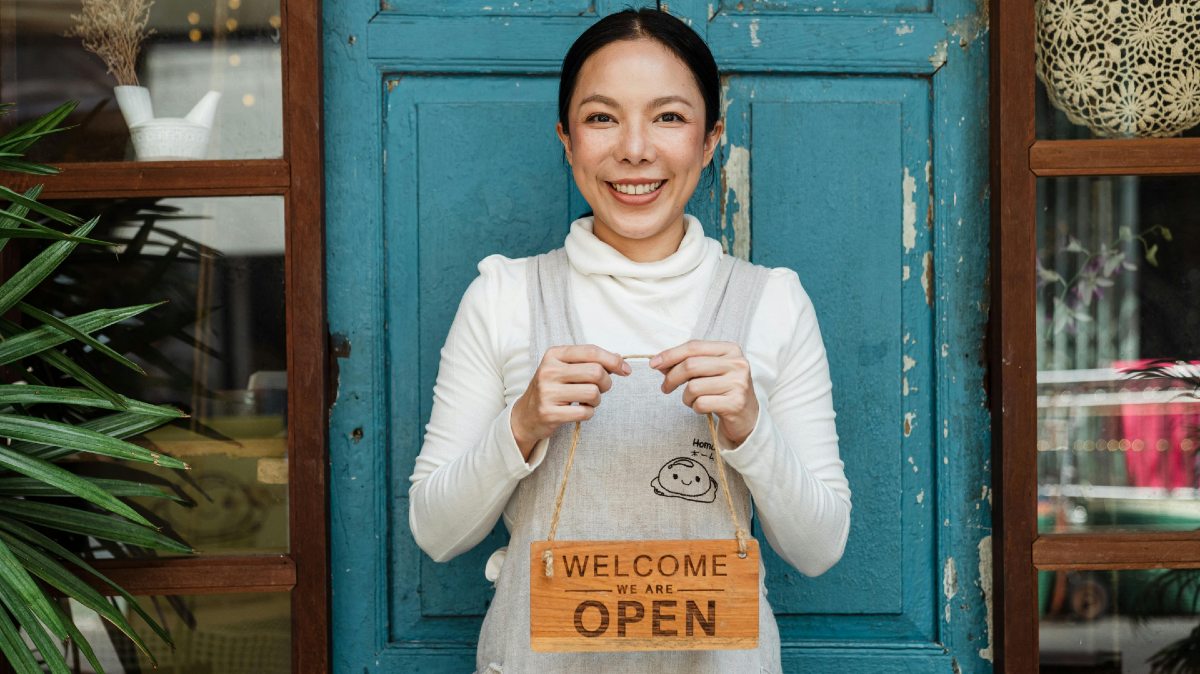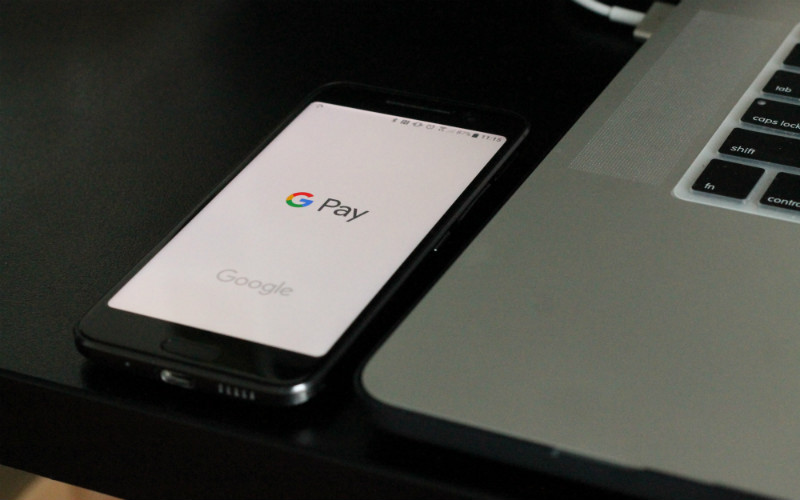The ABS’s national accounts data, released on Wednesday, found households saved 0.6% of their income for the three months to June, in line with the revised March quarter figure.
The previous quarter's figure was revised down from 0.9%.
Although gross disposable income rose 0.9% over the period, a 3.1% rise in income tax also drove the rise in income payable.
Overall, household consumption fell to 0.2%, the weakest growth since the September 2021 quarter which was affected by Delta-variant COVID lockdowns.
Discretionary – or non-essential – spending dropped 1.1% after a rise in March.
The fall in June was largely driven by a drop in services spending with air travel seeing transport spending pulled 4.4% lower and hotels, cafes and restaurants (-1.5%) also taking a hit.
Essential spending increased 0.5% in the June quarter with spending on rent and energy leading the rise.
However, spending on food fell 1.0% over the quarter as households sought to cut back on grocery costs.
See also: How much does the average Australian save?
Cost-of-living relief not misplaced
The data suggests government cost-of-living relief measures, including the stage three tax cuts and energy rebates which took effect in July, may have hit the mark.
Last week’s monthly CPI inflation data showed inflation fell to 3.5% in July from 3.8% in June, with electricity costs recording a 6.4% drop.
This first official data for July suggests households are so far not splashing their extra cash on spending which would theoretically drive inflation higher.
The next quarterly national accounts figures, due in November, will give some indication as to whether any of the cost-of-living relief measures find their way to boosting household savings.
Weak economy
The latest national accounts figures show the Australian economy grew just 0.2% in the June quarter, largely on the back of government spending.
The main drivers of the benign growth were spending on such things as public service wages and healthcare.
Over the 2024 financial year, GDP grew just 1.5%, which was actually ahead of the RBA's 0.9% forecast, somewhat at odds with Treasurer Jim Chalmers' allegation that the central bank is "smashing" the economy.
Outside of the pandemic, June quarter growth was the slowest rate of annual economic growth since the early 1990s recession and the sixth consecutive quarter of per capita gross domestic product decline.
The per capita recession continued, with GDP per person down another 0.4%, marking the worst per capita recession on record.
Image by Emil Kalibradov on Unsplash

Ready, Set, Buy!
Learn everything you need to know about buying property – from choosing the right property and home loan, to the purchasing process, tips to save money and more!
With bonus Q&A sheet and Crossword!



 Emma Duffy
Emma Duffy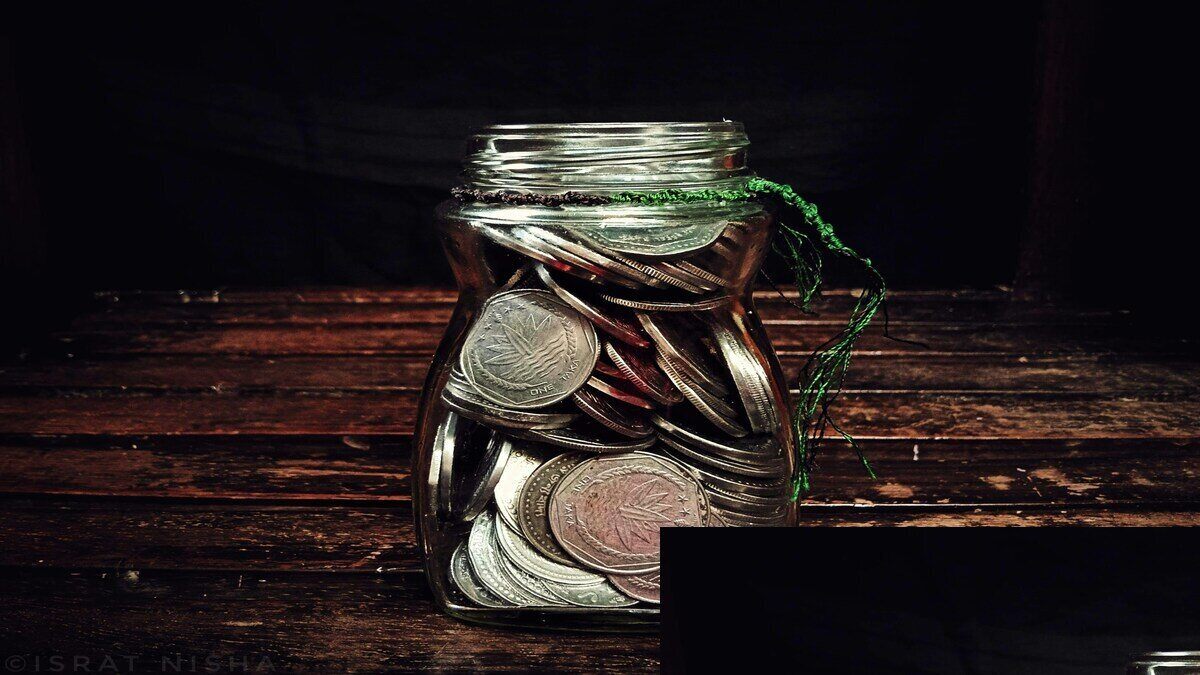
 Harry O'Sullivan
Harry O'Sullivan


